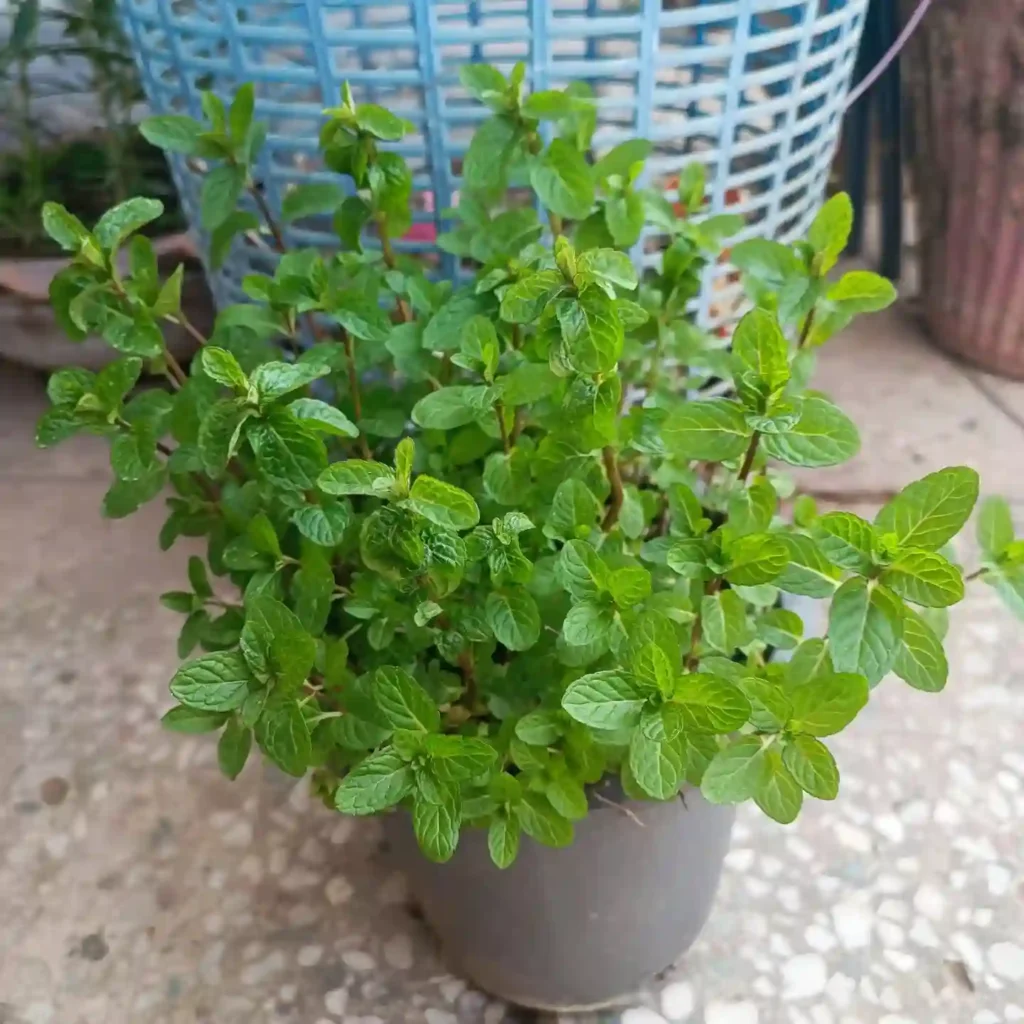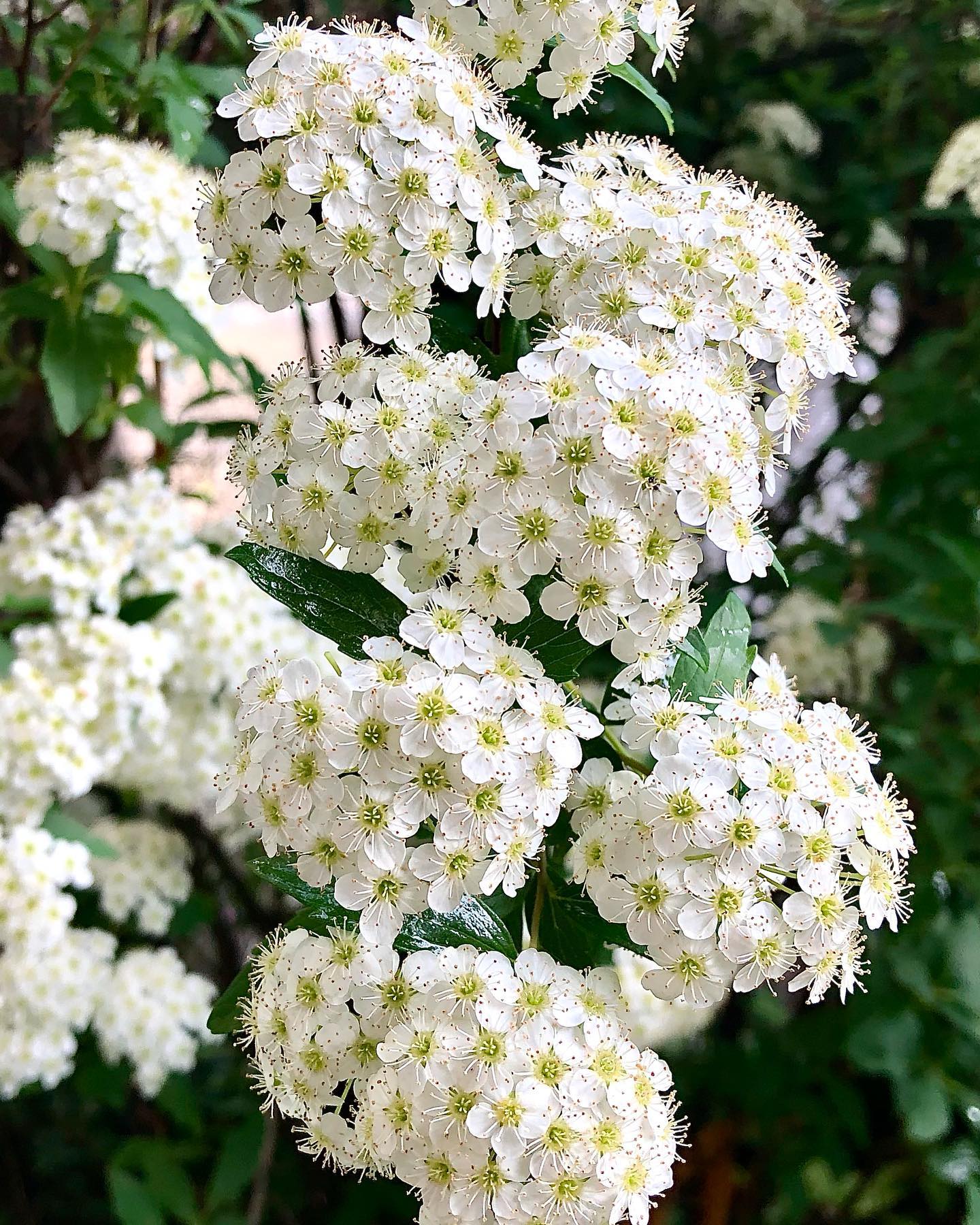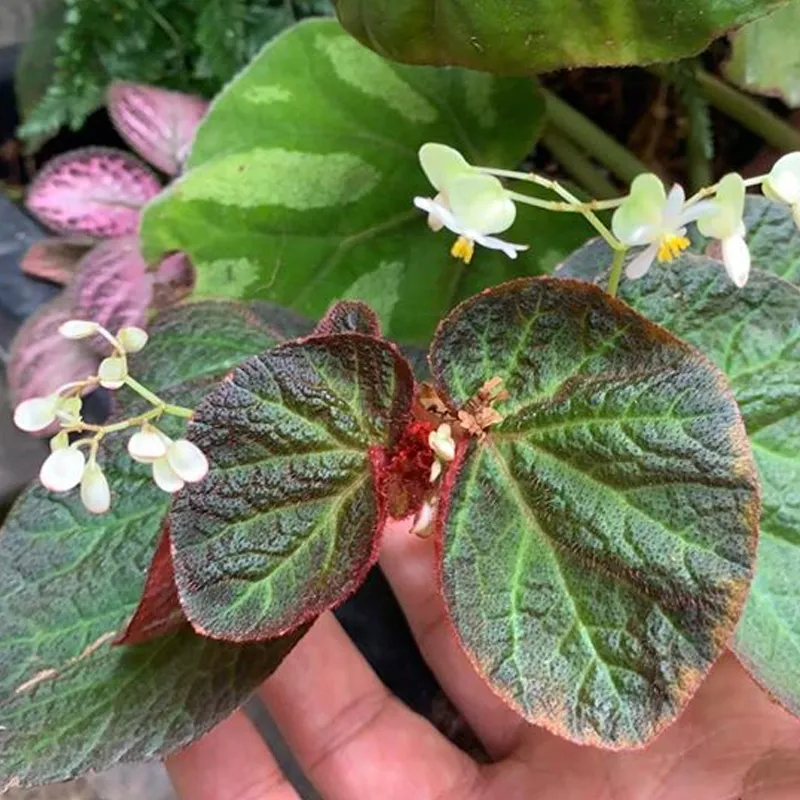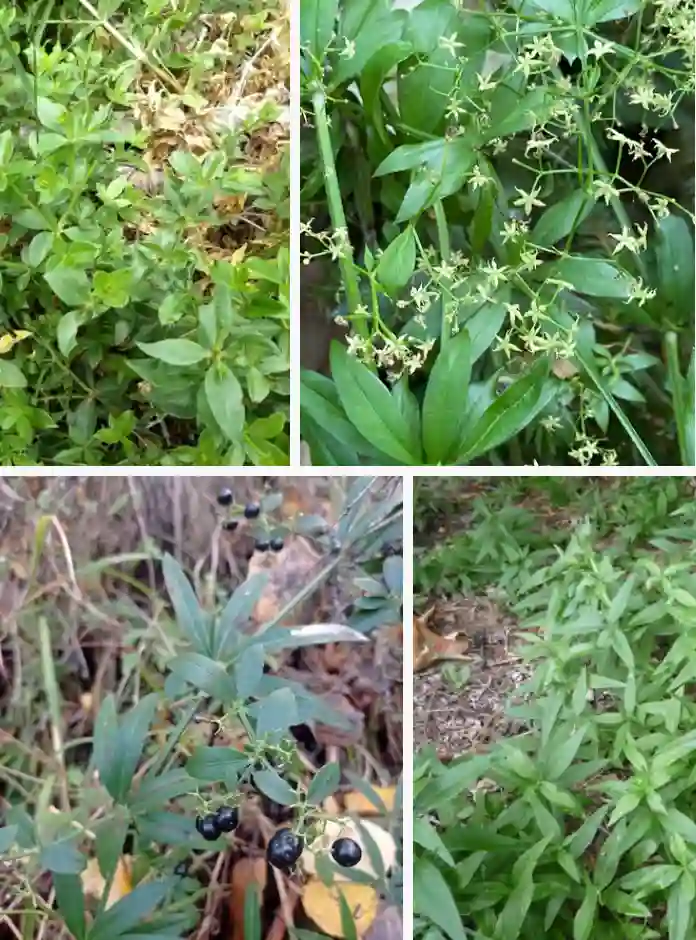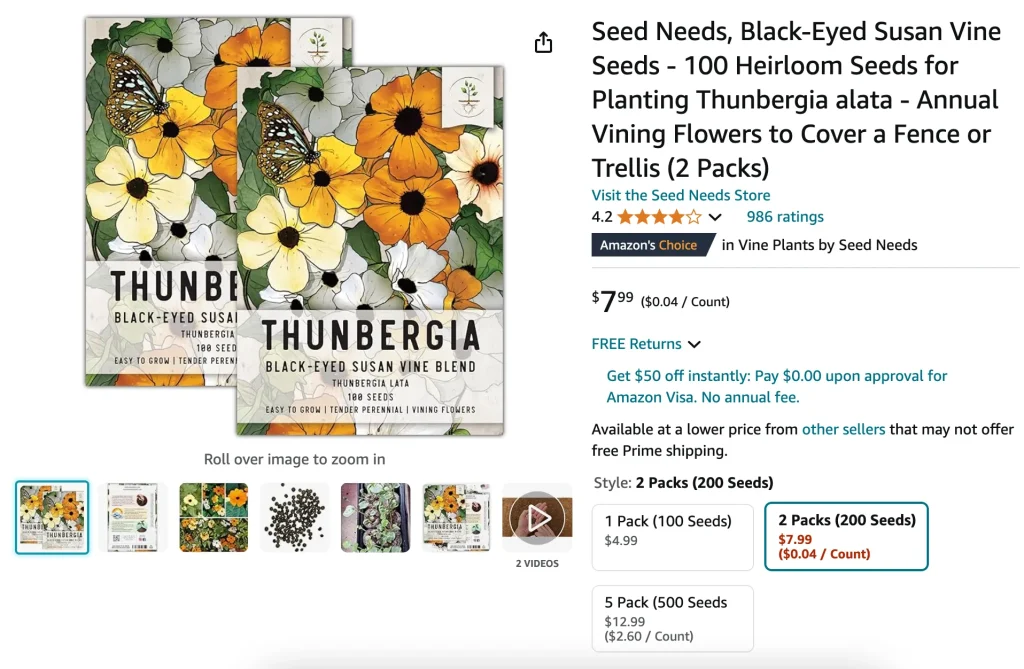
FAQs About Thunbergia Alata: Your Guide to the Beautiful Black-Eyed Susan Vine
If you’re as passionate about plants as I am, you’ve likely come across the stunning Thunbergia Alata, also known as the Black-Eyed Susan Vine. This vibrant and hardy climber is a must-have in any garden, whether you want to cover a trellis, a fence, or even a patio area. But like most plants, it brings up a lot of questions, especially if you’re new to growing it. Here’s everything you need to know about Thunbergia Alata, from planting and care to whether it’s safe for pets and drought-tolerant.
150 Species in Genus Thunbergia
What Family is Thunbergia Alata In?
Thunbergia Alata belongs to the Acanthaceae family, which includes many tropical and subtropical flowering plants. Other well-known members of this family include Justicia and Ruellia. If you’re into tropical plants, you’ll love having this vine as part of your collection.
Is Thunbergia Alata a Perennial?
Yes, Thunbergia Alata can be a perennial, but this depends on where you live. In USDA hardiness zones 9 to 11, this vine can survive as a perennial, coming back year after year. In cooler regions, however, it’s often grown as an annual. I live in a cooler zone, so I treat it as an annual. But even then, its fast-growing nature ensures you still get a lot of beauty each season. If you’re in a warmer climate, though, expect to enjoy this vine year-round.
How to Plant Thunbergia Alata?
Planting Thunbergia Alata is fairly straightforward. It loves full sun but can tolerate partial shade. I usually choose a spot where it gets morning sun and afternoon shade, so it doesn’t overheat. The soil should be well-draining but rich in organic matter. I dig a hole about twice the size of the plant’s root ball and gently place it in, covering it with soil and giving it a good watering. Adding mulch around the base helps retain moisture, especially during hot days.
How to Grow Thunbergia Alata from Seed?
I love growing plants from seed—it’s a satisfying process to watch them sprout and thrive. Thunbergia Alata seeds can be started indoors about six to eight weeks before the last frost. Here’s my method:
- Start by soaking the seeds overnight in water. This helps soften the hard outer shell and encourages faster germination.
- Fill seed trays with a good-quality seed-starting mix.
- Place the seeds about ¼ inch deep and lightly cover them with soil.
- Keep the soil moist but not soggy, and place the trays in a warm, sunny spot or under grow lights.
In about 10 to 21 days, you’ll see them sprouting! Once the seedlings have a few true leaves and all danger of frost has passed, you can transplant them outside.
Is Thunbergia Alata Drought Tolerant?
This is one of the most common questions I get, and the answer is: somewhat. Thunbergia Alata can tolerate short periods of drought, but it prefers consistent moisture. During the hottest parts of summer, I try to water mine regularly, about once or twice a week, depending on rainfall. If the leaves start wilting, it’s a clear sign the plant needs water. Adding mulch can help keep the roots cool and retain moisture.
Is Thunbergia Alata Toxic to Dogs?
If you have pets, it’s essential to know whether a plant is safe. While Thunbergia Alata is not listed as highly toxic, it’s better to be cautious. According to the ASPCA, it is generally considered non-toxic to dogs. However, ingesting any plant material can cause mild digestive upset in some animals. I always monitor my dogs when they’re around new plants, just to be safe.
Where to Buy Thunbergia Alata?
When it comes to buying Thunbergia Alata, you can often find it at local nurseries during the spring and summer months. However, I’ve also had great luck ordering seeds and young plants online from reputable gardening retailers. It’s always good to check the reviews and make sure you’re getting healthy plants.
How to Care for Thunbergia Alata?
Caring for Thunbergia Alata is quite easy once it’s established. Aside from regular watering, I recommend feeding it with a balanced, all-purpose fertilizer every few weeks during the growing season. It’s a climbing vine, so make sure to give it some support, like a trellis or arbor, for the tendrils to grab onto. Also, watch out for pests like aphids and spider mites. A gentle spray of water or insecticidal soap usually does the trick in keeping these at bay.
Can You Grow Thunbergia Alata Indoors?
Though I primarily grow mine outdoors, you can certainly grow Thunbergia Alata indoors if you have a sunny window. However, keep in mind that it needs space to climb, so you’ll need to provide it with something to grow on, like a trellis or a bamboo stake. Be mindful of humidity levels, as this vine loves a bit of moisture in the air.
Is Thunbergia Alata Poisonous?
While Thunbergia Alata is not classified as highly poisonous, it’s always best to keep it out of reach of small children and pets. Although not highly toxic, the ingestion of any part of the plant may cause mild irritation or digestive upset.
Common Problems with Thunbergia Alata
The most common problems I’ve faced with Thunbergia Alata are pests like aphids and fungal diseases due to overwatering. I’ve found that keeping an eye on moisture levels and giving the plant good air circulation helps prevent these issues.
What to Plant with Thunbergia Alata?
I love pairing Thunbergia Alata with other climbing plants like Clematis or Morning Glory. Their different bloom times and complementary colors create a vibrant display on a shared trellis. You can also plant it alongside shrubs like Hydrangea for added texture and contrast.
Final Thoughts
Thunbergia Alata is a versatile, easy-to-grow vine that adds a splash of color to any garden. Whether you’re growing it from seed or buying a mature plant, you’ll find that this plant is an excellent addition to your collection. With the proper care, it can thrive and bring joy year after year.
If i die, water my plants!
